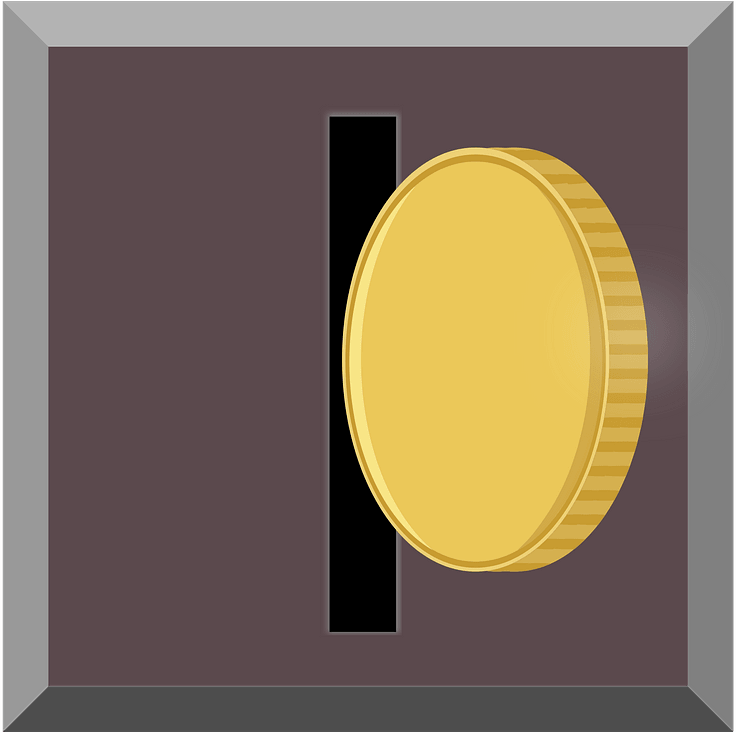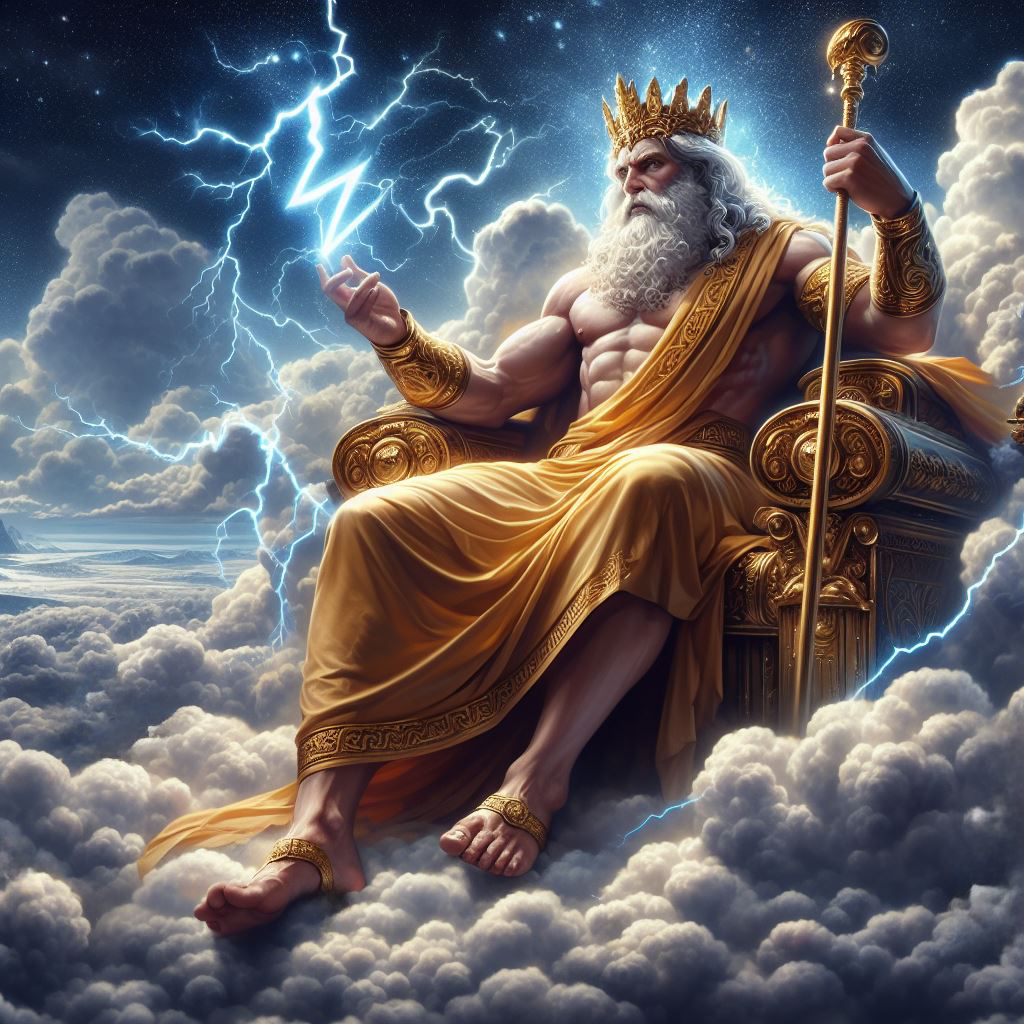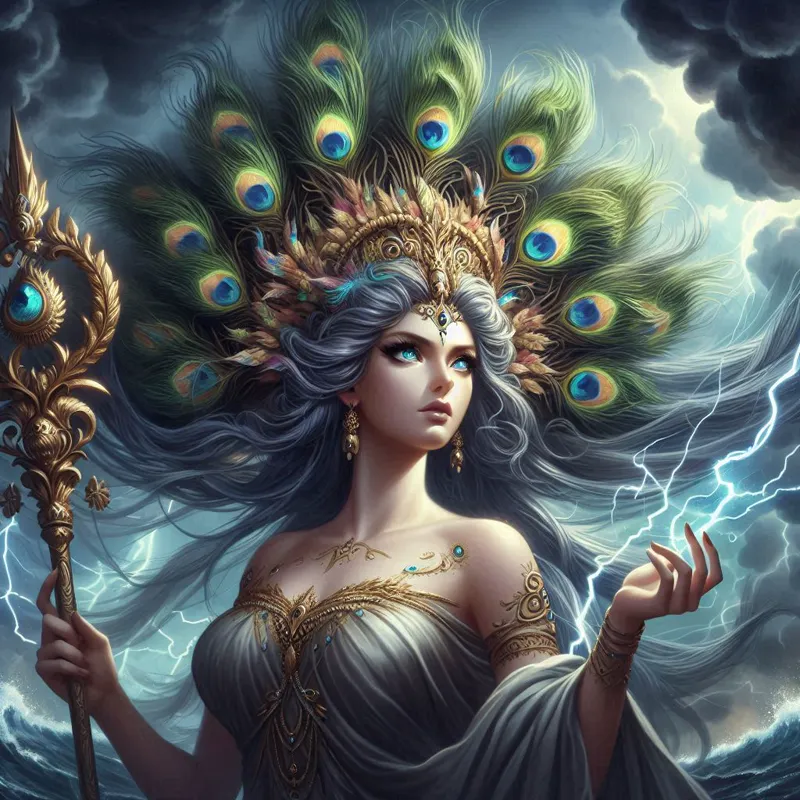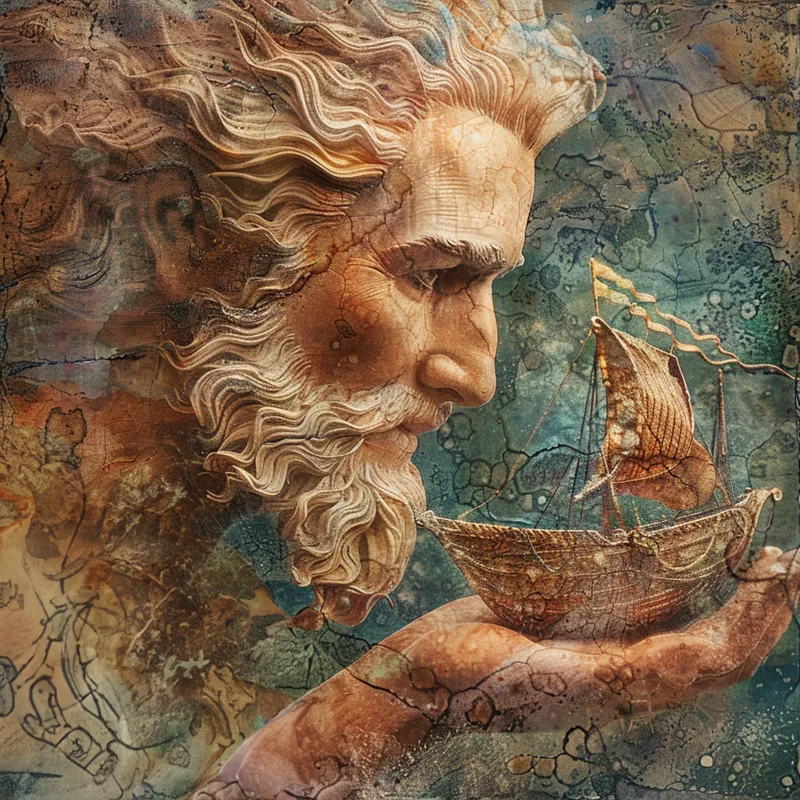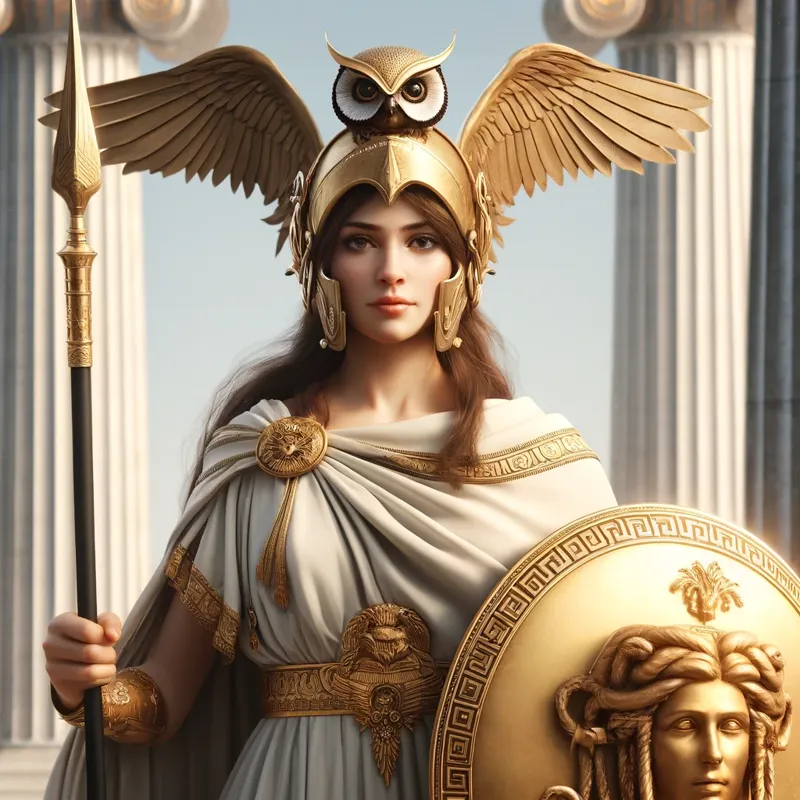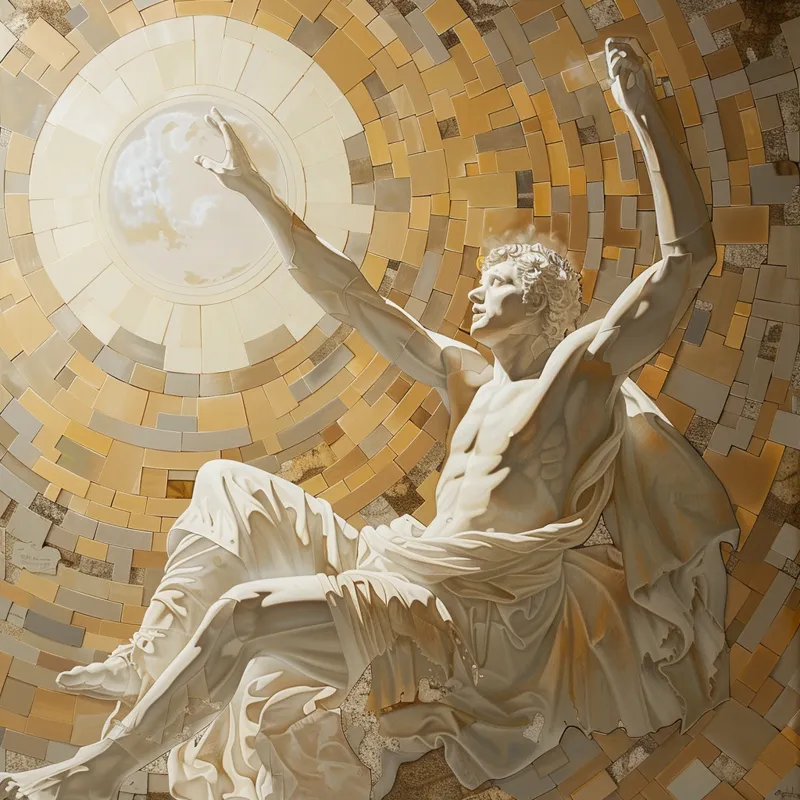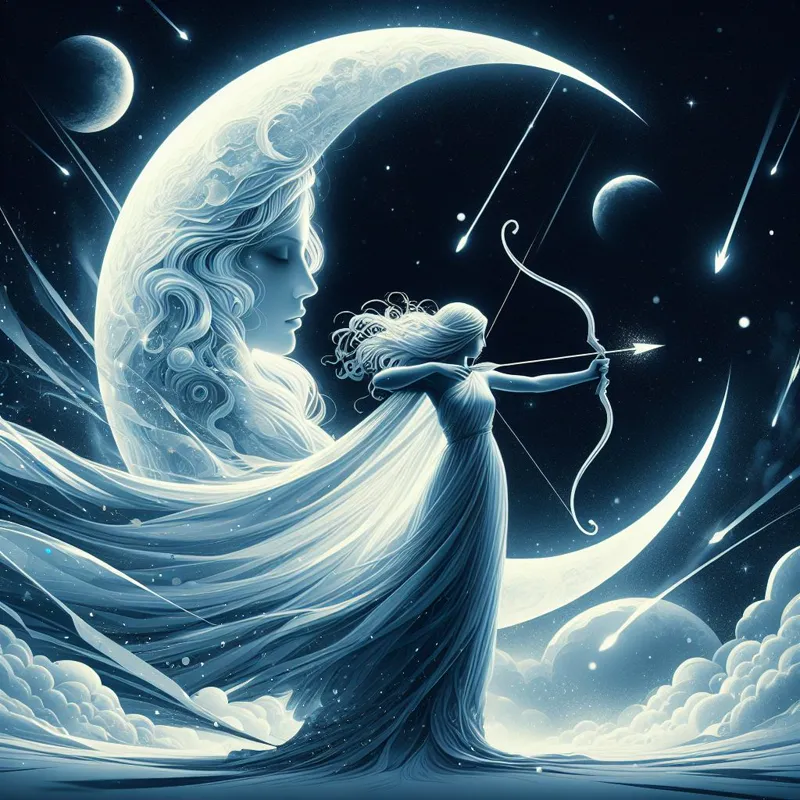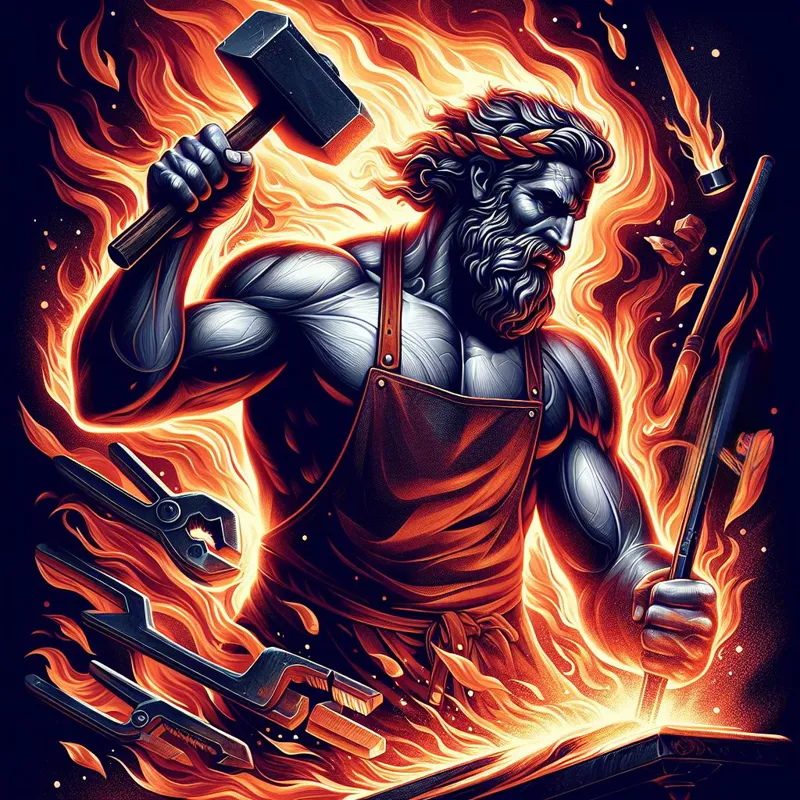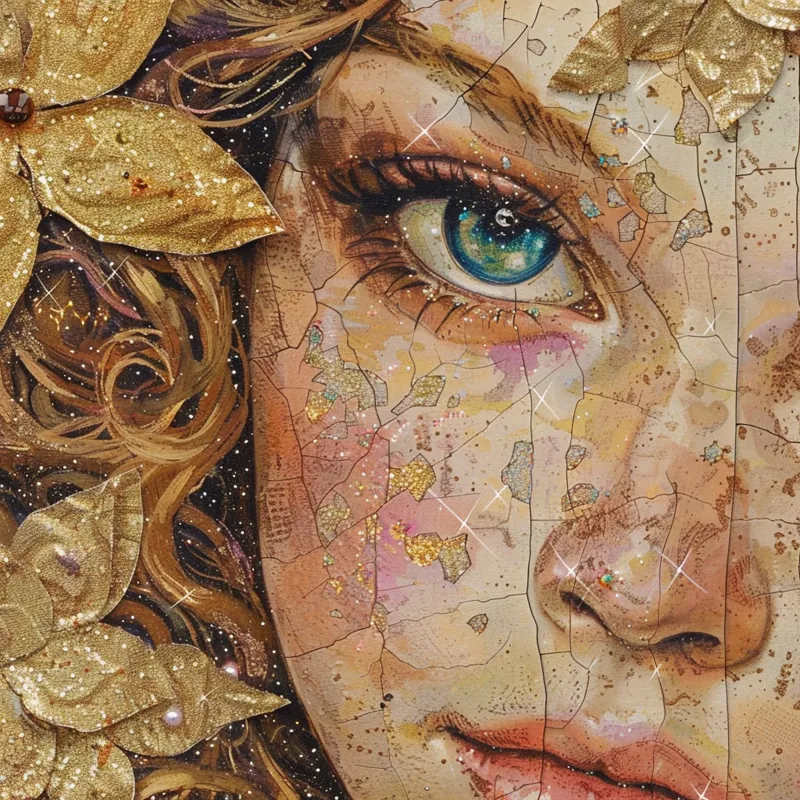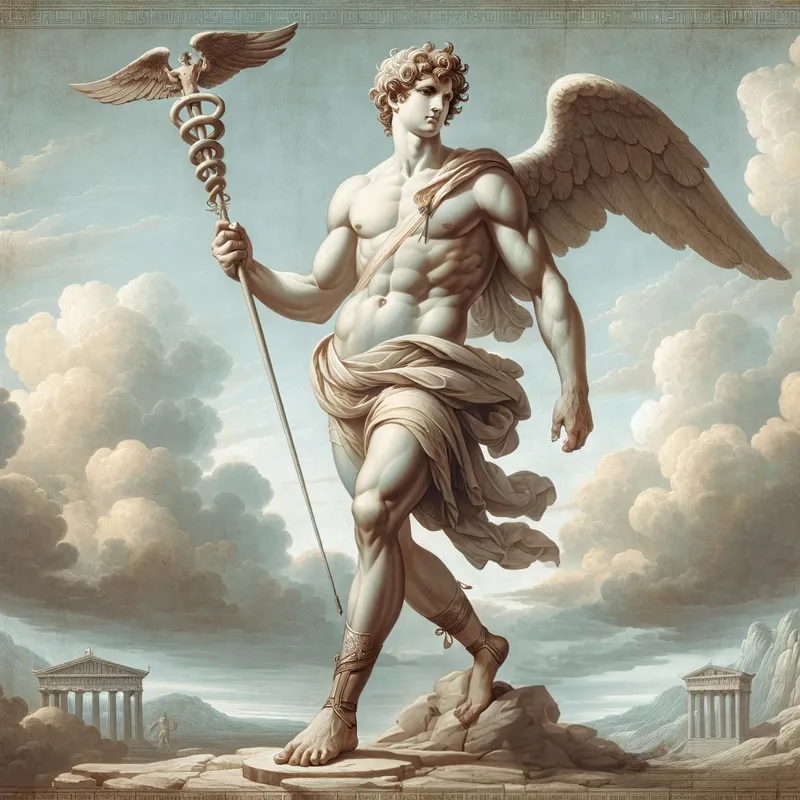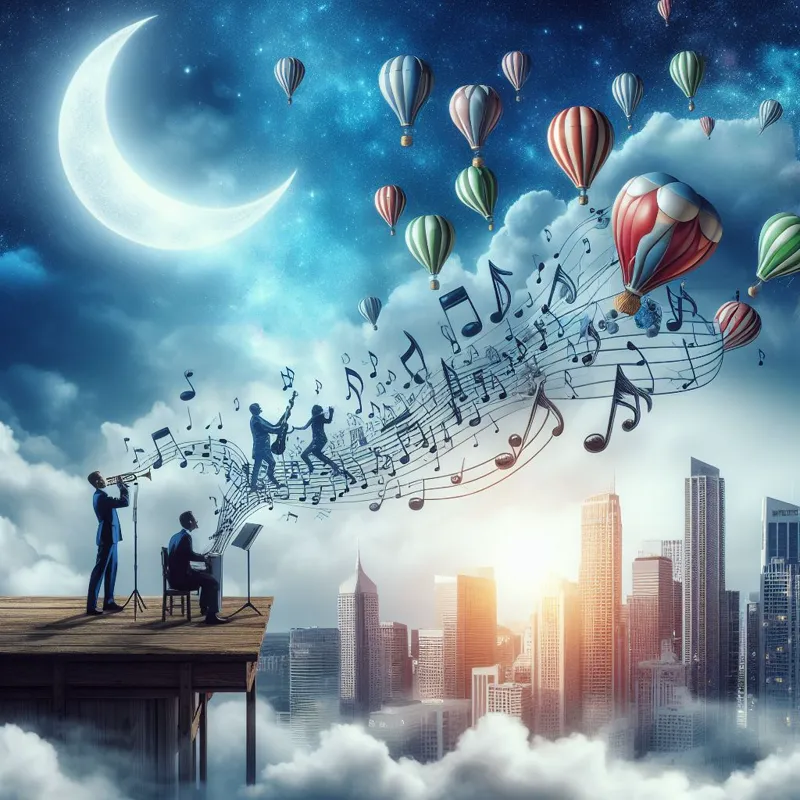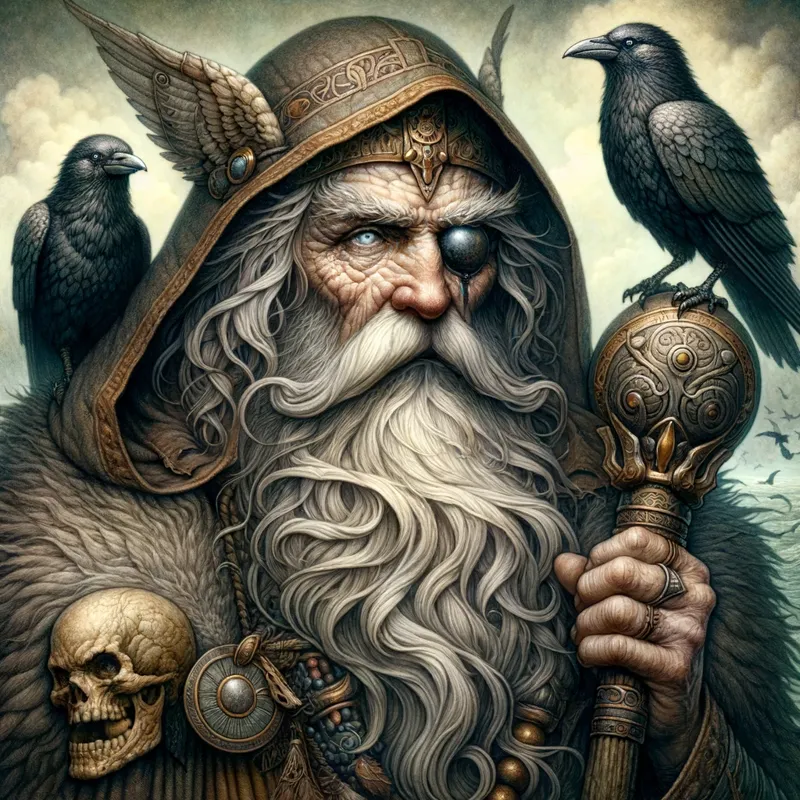
The pursuit of knowledge
Odin is one of the most prominent and complex deities in Norse mythology, known as the Allfather and the chief of the Aesir gods. He is a god of many things: wisdom, war, death, magic, poetry, prophecy, and victory. His character is multifaceted and enigmatic, often associated with seeking knowledge, power, and understanding, sometimes at great personal cost.
Wisdom and Knowledge
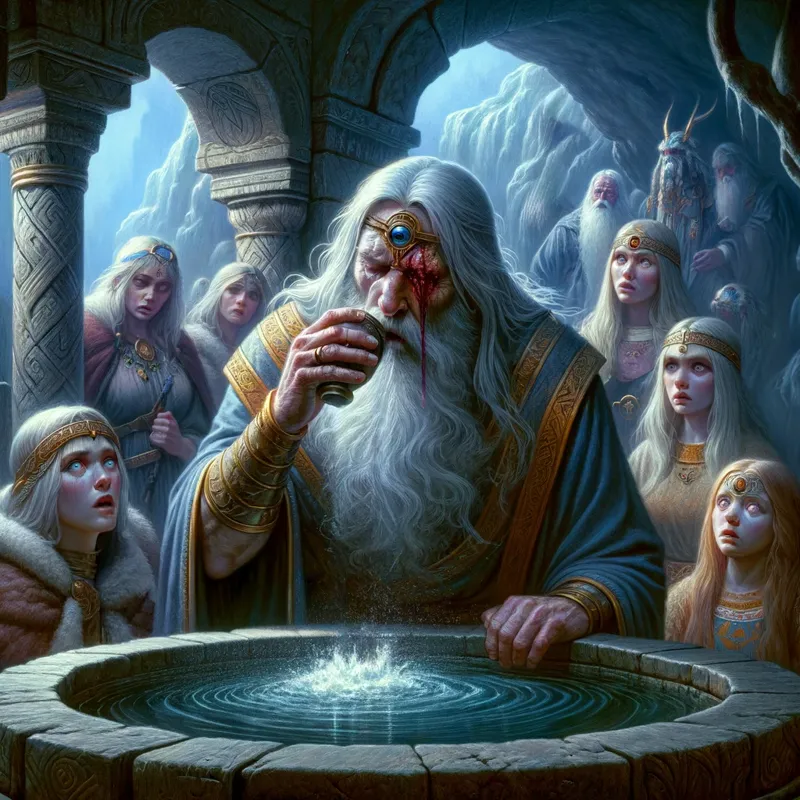
Required sacrifice
Odin's quest for wisdom is central to his character. In Norse mythology, he is depicted as sacrificing one of his eyes at Mímir’s Well, an act that grants him immense knowledge. This sacrifice underlines a key theme in Odin's stories: the pursuit of wisdom often comes at a great cost. His unquenchable thirst for understanding the mysteries of the universe positions him as a god constantly in search of truth, regardless of the personal sacrifices required.

The root meaning
Furthermore, Odin’s association with the runes, ancient symbols of great power and knowledge, further cements his role as a deity of wisdom. The myth wherein he hangs from the world tree, Yggdrasil, impaled by his own spear for nine nights, is a testament to his dedication to gaining profound insights. Through this self-sacrifice, he discovers the runes, which were not only alphabetic signs but were also believed to hold magical and divinatory powers.
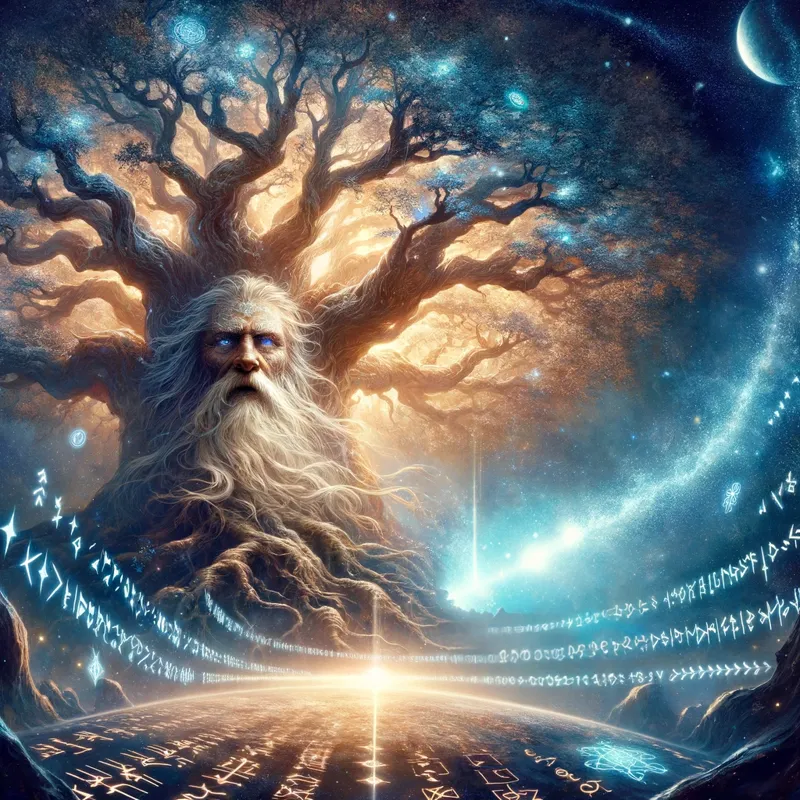
...and it was good
Magic and Mysticism
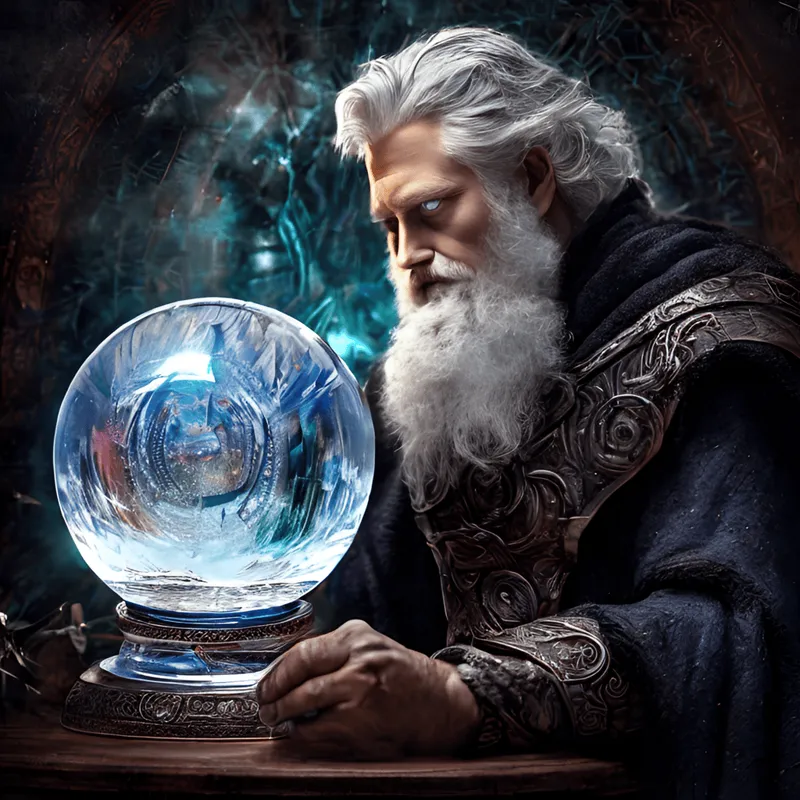
Mysteries of the universe
Odin's mastery of magic and mysticism sets him apart from the other Norse gods. He is often associated with seidr, a form of Norse magic linked to telling and shaping the future. His knowledge of this craft not only signifies his role as a soothsayer but also as a manipulator of fate, a role that adds to his enigmatic persona. Odin’s ability to shift shapes, speak with the dead, and manipulate the minds of others further underscores his magical prowess.

Prediction

Breathing life into eachother
In addition to these abilities, Odin is credited with the creation of the first humans. Alongside his brothers, Vili and Vé, he breathed life into two tree trunks, creating the first man and woman. This act of creation is deeply symbolic, representing not only the physical but also the spiritual and intellectual awakening of humanity, aspects that Odin himself governs and nurtures through his connection to magic and wisdom.
The Wanderer
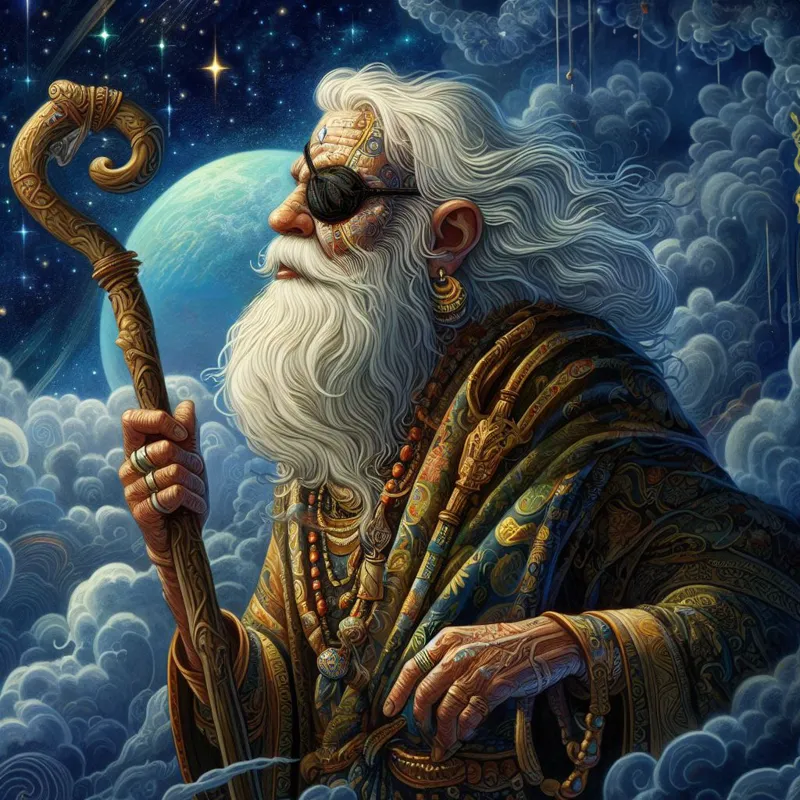
Shamanic journey
Odin is often depicted as 'The Wanderer', a mysterious, old man, cloaked and hat-clad, wandering the world in search of knowledge and insight. This aspect of his character highlights the theme of the eternal quest for wisdom. The depiction of Odin as a wanderer also connects to the idea of the shamanic journey, a spiritual quest for enlightenment and understanding, mirroring Odin's unending pursuit of knowledge and truth.

Observer
The wanderer motif also serves to illustrate Odin’s connection with all aspects of the Norse world. Unlike other gods confined to specific realms or domains, Odin roams freely, interacting with gods, giants, and humans alike. This wandering is not aimless but driven by a desire to comprehend all aspects of existence, further emphasizing his role as a deity not just of power, but of profound understanding.
War and Warriors

Why should we listen to you?
As a god of war, Odin plays a crucial role in Norse battle culture. He does not only preside over the physical aspects of war but also influences the mental and spiritual dimensions. Warriors would invoke his name for strength, victory, and bravery. His selection of slain warriors to reside in Valhalla, his majestic hall, highlights his authority over death and glory in battle.
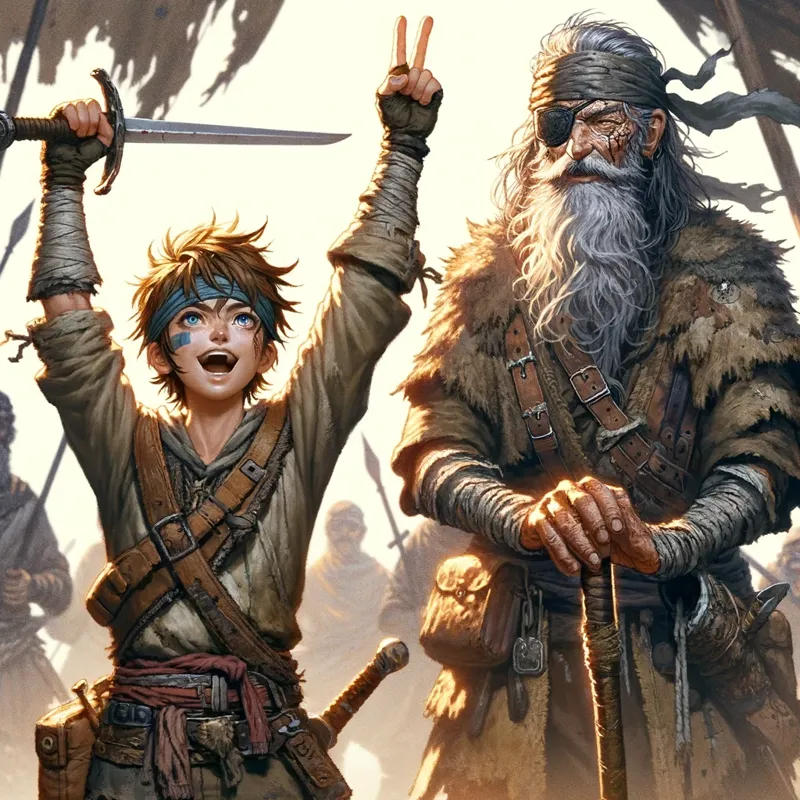
The warrior's way
Valhalla, under Odin’s rule, is where the chosen warriors, the Einherjar, train for the events of Ragnarök, the prophesized end of the world. This aspect of Odin emphasizes the Norse belief in an honorable death in battle and the eternal glory it brings. Odin’s connection with these warriors represents the ideal of the noble warrior, wise, brave, and honorable, qualities that Odin himself embodies.

Honor remembered
Ravens and Wolves

The trees have eyes
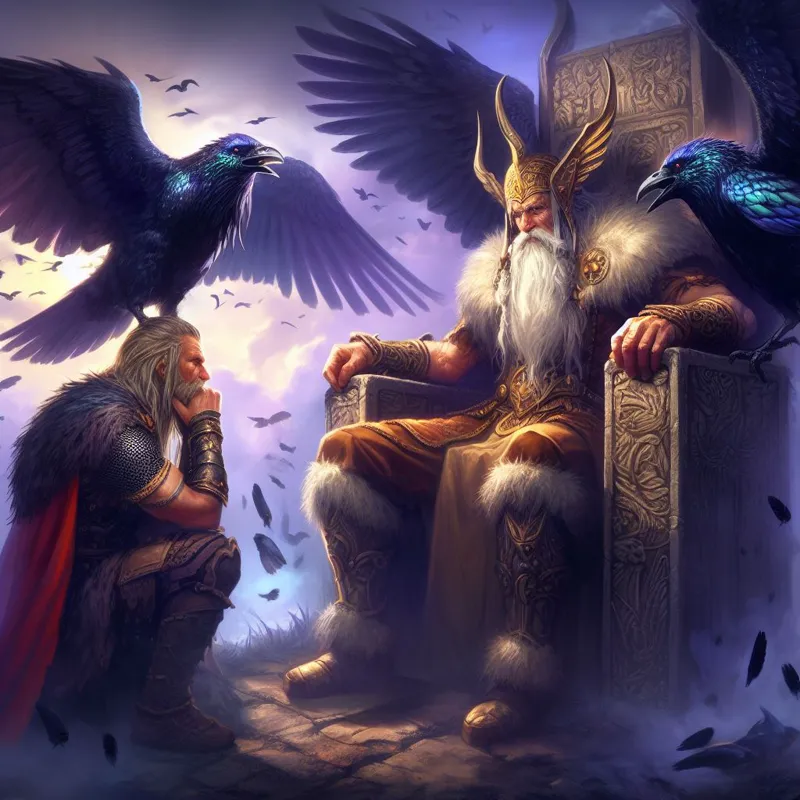
Believe in the truth of your words
Two pairs of animals are iconic to Odin’s imagery: his ravens, Huginn ('thought') and Muninn ('memory'), and his wolves, Geri and Freki. The ravens, which fly across the world and bring back news, symbolize Odin’s reach into the realms of thought and memory, further accentuating his pursuit of knowledge. They act as extensions of his will and eyes, keeping him informed of the many happenings across the Nine Realms.
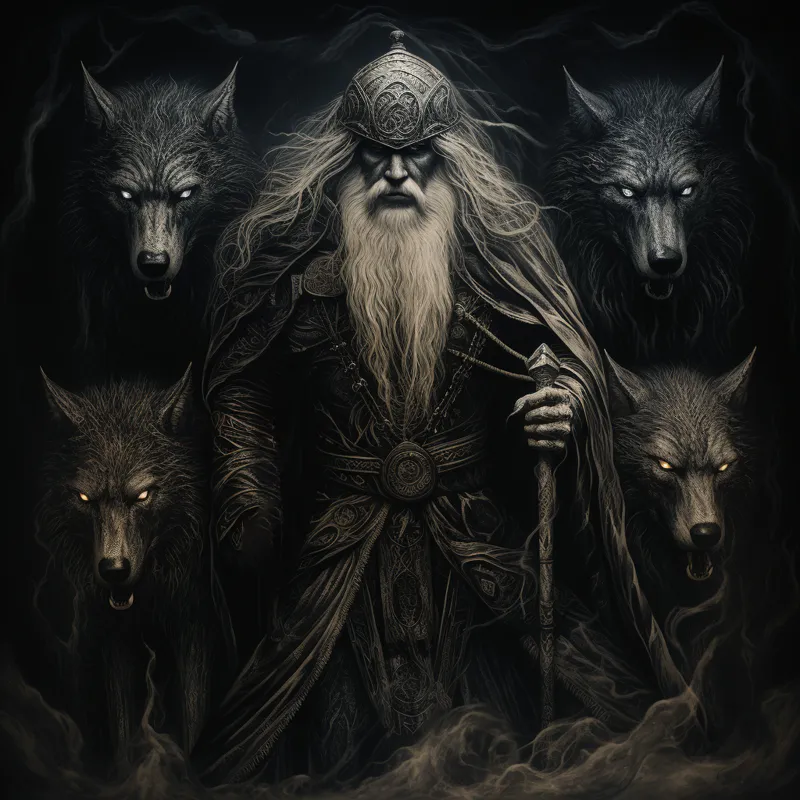
Murderous aura
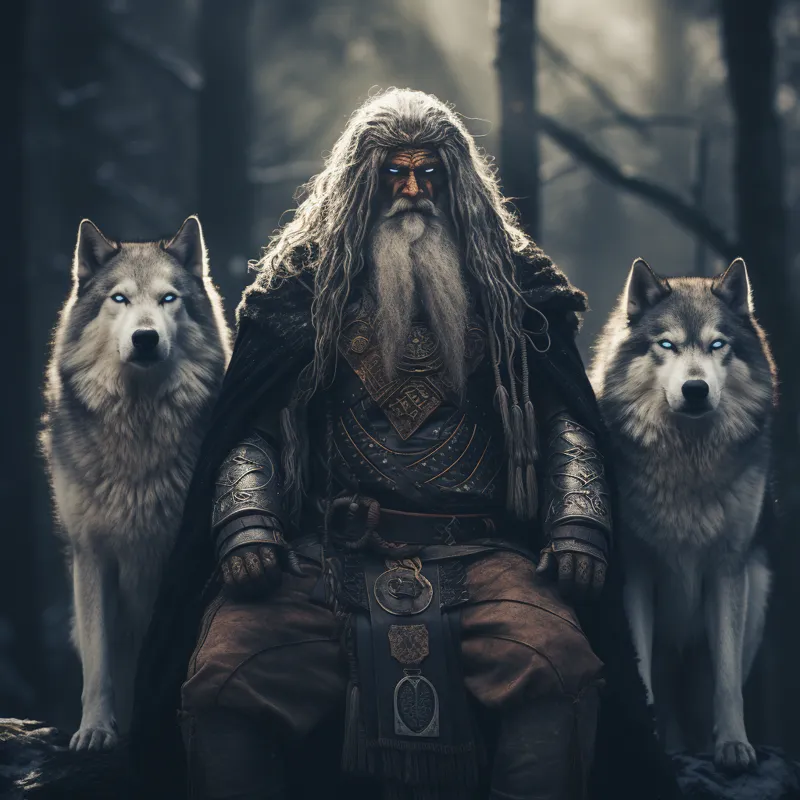
Wolf mask
The wolves, on the other hand, represent Odin’s warrior aspect. They accompany him in his ventures, symbolizing strength, loyalty, and the predatory nature of war. These animal companions not only add to the depth of Odin’s character but also reflect the multifaceted nature of his dominion, spanning thought, memory, and the primal aspects of survival and conflict.
Family and Relationships

Laugh together and weep together
Odin's familial ties are as complex as his character. His marriage to Frigg, the Aesir queen, and his fatherhood to gods like Thor and Baldur, place him at the center of the Aesir’s familial and power structures. These relationships are marked by both affection and strife, reflecting the intricate dynamics of the Norse gods.
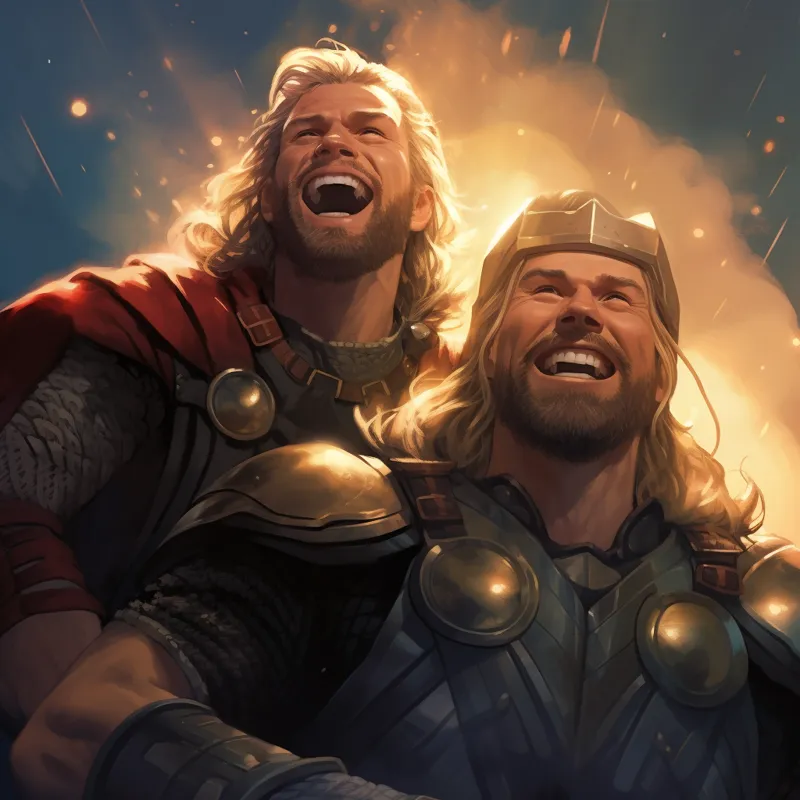
Happy and carefree
One of Odin’s most poignant familial narratives is the story of his son Baldur's death. Baldur's demise, which Odin desperately tries to prevent, highlights the limits of even his vast knowledge and power. It also underscores a recurring theme in Norse mythology: the inevitability of fate. Despite his wisdom and efforts, Odin is unable to alter what is destined to happen, adding a layer of tragedy and depth to his character.
Ragnarök and Legacy

Every ending is a new beginning
Ragnarök, the end of the world in Norse mythology, is central to Odin's fate. He is destined to lead the gods in a final battle against the forces of chaos, only to be ultimately slain by the wolf Fenrir.

Stare fate in the face and don't flinch
This prophecy showcases the cyclical nature of Norse beliefs — even gods are not immune to the cycles of birth, death, and rebirth. Odin's role in Ragnarök encapsulates his character as a warrior, a leader, and a seeker of knowledge, facing his destiny with the same courage and wisdom that defines his life.
Odin's legacy in Norse mythology is profound and enduring. His multifaceted nature as a god of wisdom, war, magic, and more paints a picture of a deity deeply intertwined with the world's workings and the human experience. His stories, marked by themes of sacrifice, knowledge, and the inexorable nature of fate, continue to fascinate and inspire, speaking to the enduring power of myth to convey complex truths about the human condition and the mysteries of the universe. Odin, in all his complexity, remains a compelling figure in the pantheon of mythological gods, embodying the eternal quest for knowledge and the profound depths of wisdom.

